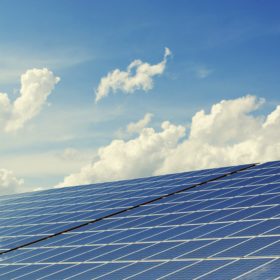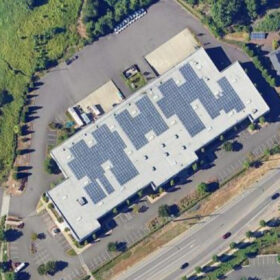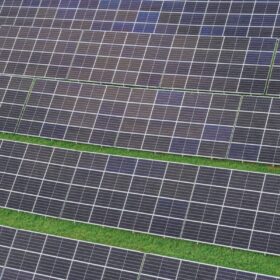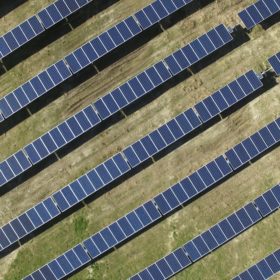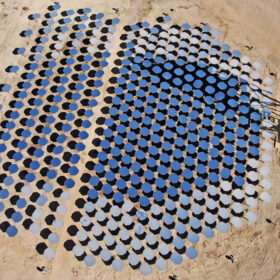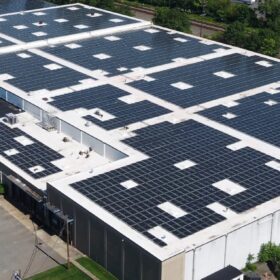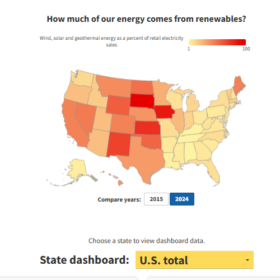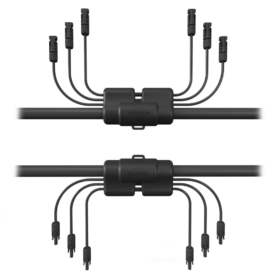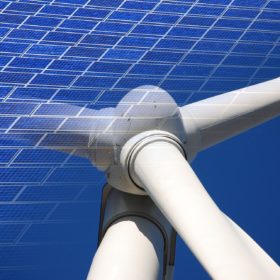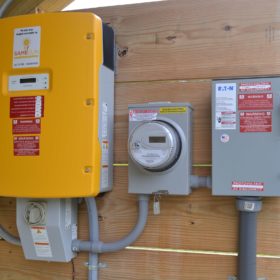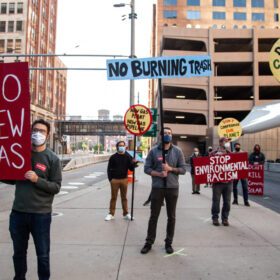Understanding P50, P90 and P99 in solar energy
A review of using statistical probability to understand solar production outcomes.
U.S. battery supplier Powin files for bankruptcy
The Oregon-based business has been hit by steepening tariffs as it imported lithium iron-phosphate (LFP) battery components from China.
2025: A landmark year for solar energy
The IEA-PVPS 2025 Snapshot of Global PV Markets reveals a pivotal moment for solar power: global PV capacity surpassed 2.2 TW, with more than 600 GW installed in 2024 alone. As module prices fell due to oversupply, installation volumes continued to grow, highlighting both the strength and volatility of the global PV industry.
RFP Alert: Appalachian Power seeks 1.1 GW of renewable energy
The utility issued two requests for proposals, one for 800 MW of solar, storage and wind, and one for 300 MW of solar, wind or hydroelectric power.
Put American energy – and jobs – first
If Congress rolls back renewable energy tax credits, they won’t just be shifting dollars on a spreadsheet—they’ll be cutting real, good-paying jobs in communities across the country.
Residential solar installer Zeo to acquire thermal storage specialist Heliogen
Heliogen develops AI-controlled concentrated solar power towers that store thermal energy for long-duration storage and dispatch.
Commercial rooftop solar developer secures $175 million financing
Solar Landscape secured funds from PGIM Private Capital to support its growing project portfolio in Maryland and Illinois.
Data dashboard tracks renewable energy progress in your state
The State of Renewable Energy dashboard tracks progress in solar, battery energy storage, wind, and EV adoption across the 50 states.
Shoals beats revenue expectations for Q1, 2025
The company posted $80.4 million in revenue and increased its orders backlog to $645 million.
The key to renewable energy procurement
Keeping purchaser causation, collaboration and emissionality in mind are key to procuring 100% renewable energy in a low-risk, cost-effective way that achieves tangible emissions reductions and environmental improvements.
